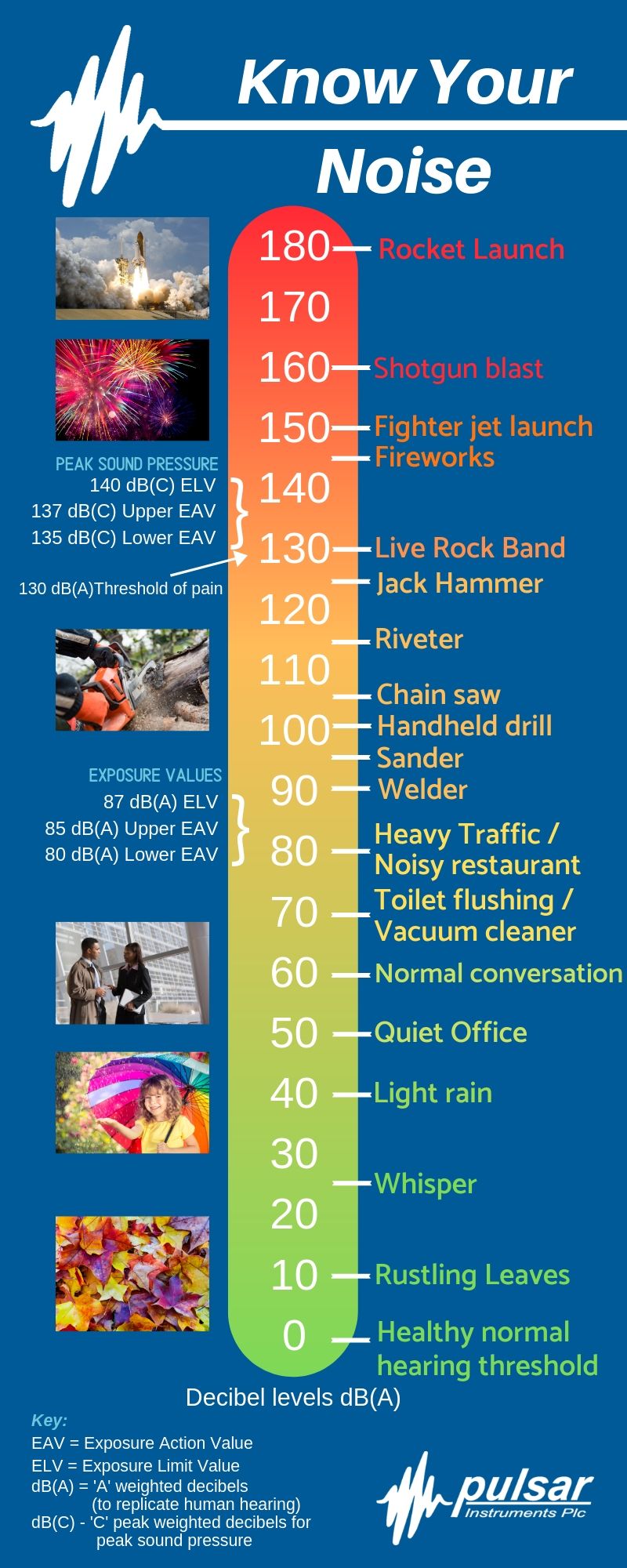
By, Addison Price, MA, CCC-SLP/L
DID YOU KNOW, 14.9% of children ages 6-19 years old are considered to have a hearing loss of 16 decibels (dB) in one or both ears and 1.4 out of 1,000 children under the age of 8 years old to have a hearing loss of 40 dB or more (Centers for Disease Control and Prevention (CDC), 2019). The American Speech Language Hearing Association (2020) defines 16db hearing loss as a slight hearing loss and over 40db of hearing loss as a moderate to severe hearing loss. The average conversational speech level is 50-60db. WHAT DOES THAT MEAN? As hearing loss increases, difficulty hearing speech and conversation increases. It is likely that at a hearing loss of 40db or more, aided hearing is required; however, at a certain level of hearing loss, speech and conversation are difficult to understand even with aided hearing. Alternative and augmentative forms of communication can be used to assist in communication.
In an interview with one of our FYZICAL team members, Ashley, we discussed what day to day life is like for her daughter, who has a hearing loss, and what challenges she has faced and new challenges she faces amidst the COVID-19 pandemic. Ashley’s daughter communicates with sign language and verbal language. Ashely said, “She is VERY perceptive of those who will take the time to listen. She picks up on non-verbal communication (e.g. body language) from her communication partner very quickly. She can sense when someone is impatient and she instantly shuts down.” She continued with discussion of challenges such as bullying when her daughter has difficulty with production of sounds, “Another challenge I have seen, and think can be prevented to a point, is laughter and teasing when she does not pronounce things correctly”. Some of her most recent challenges have come from the alternative schooling children are receiving as a result of the COVID-19 pandemic. “So that’s been tricky (referring to online learning). She has a sign language interpreter, but there are so many chat boxes and there is no way to decide who you see or how big the box is. There is microphone feedback and echoes and it is NOT fun.”
WHY IS THIS IMPORTANT? It is important to spread awareness of the prevalence and challenges of hearing loss and communication difficulties to create an environment that is inclusive of all types of communication. Communication is NOT just verbal language. It is body language, sign language, augmentative and alternative communication devices and many others. Communication is a necessity for gaining access to our needs and wants in life.
WHAT CAN WE DO? Speech and language therapy is a great resource for children or adults who have hearing loss or communication difficulties to learn how to communicate using all types of communication. It is also a great resource for others to learn what the different types of communication are and how we can be more inclusive to those who do not use verbal communication. In the classroom (or virtual classroom/virtual therapy room), we can be open to suggestions and mindful of the needs of our students and classmates (e.g. raising hands, making it clear who’s turn it is to talk, muting microphones when it is not our turn to talk, limiting background noise etc.). We can educate ourselves and our children on hearing loss and communication disorders. We can be inclusive of all forms of communication. Most importantly, BE PATIENT and BE KIND! Happy Speech and Hearing Month!
References:
- American Speech Language Hearing Association. (2020). Degree of Hearing Loss. https://www.asha.org/public/hearing/Degree-of-Hearing-Loss/
- Centers for Disease Control and Prevention. (2019, March 21). Data and Statistics About Hearing Loss in Children. https://www.cdc.gov/ncbddd/hearingloss/data.html
